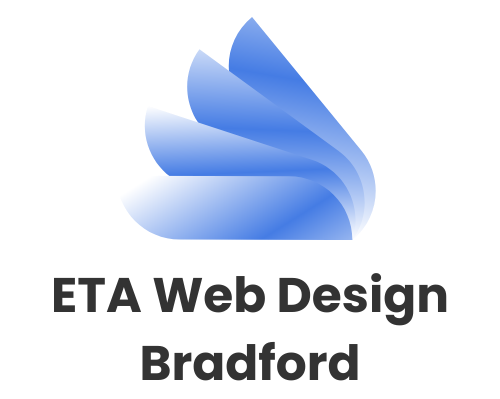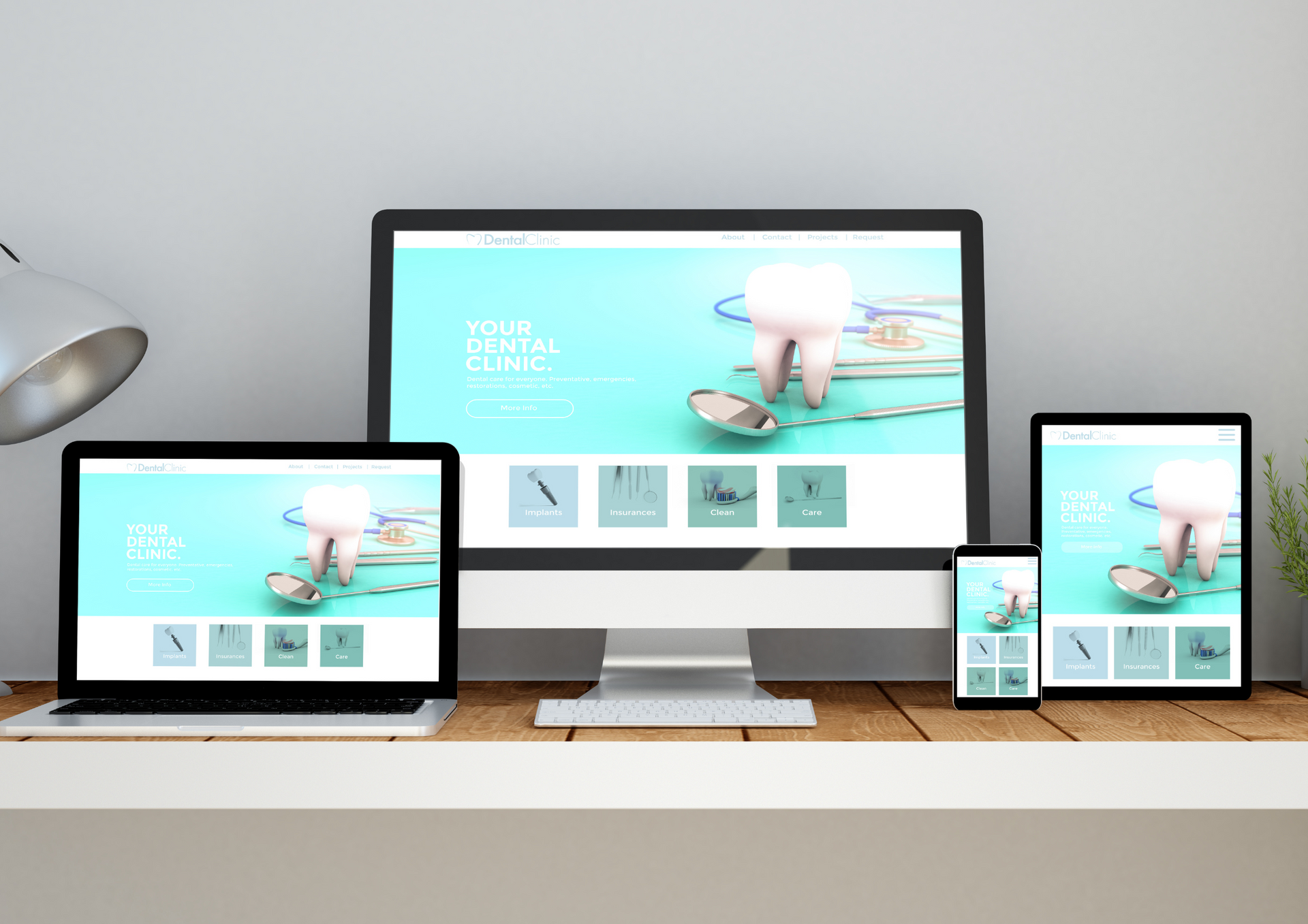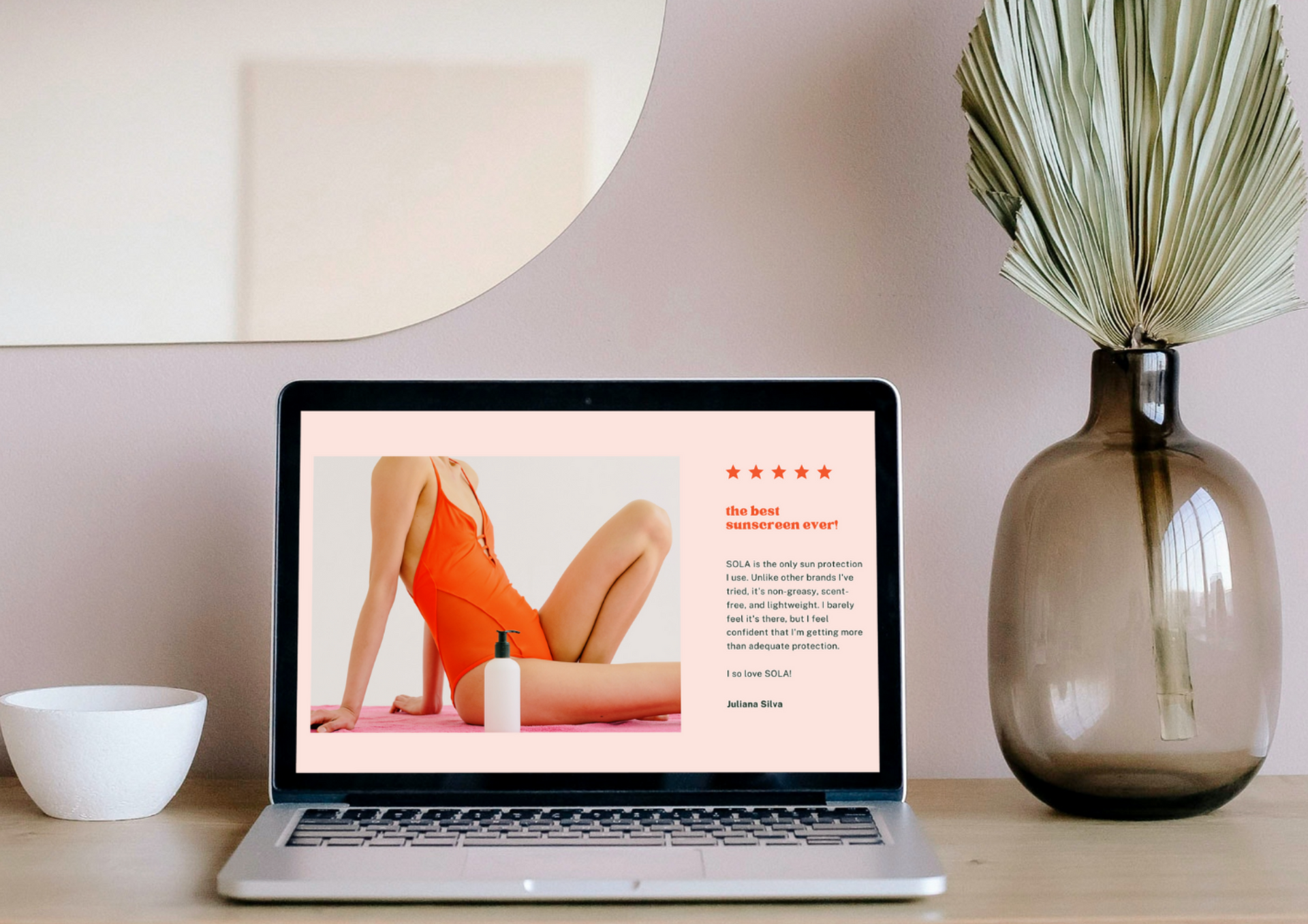Choosing the right platform for your website can shape the success of your online presence. Whether you’re a growing homeware brand, a wellness studio, or a retail business, understanding the strengths and weaknesses of leading website builders — WordPress, Webflow, and Wix — is key to building a site that reflects your brand, meets your business goals, and grows with you.
Understanding the Platforms
Before you start your web build, it’s important to understand what makes each platform unique. WordPress has long been the industry leader, known for flexibility and a vast range of plugins. Webflow, meanwhile, blends design freedom with professional-grade development capabilities. Wix stands out for its ease of use, making it appealing to beginners who want a quick online presence.
Each platform offers a different balance between control, complexity, and creativity. Choosing between them depends on your goals — whether you value scalability, customisation, or simplicity.
WordPress: The Customisable Classic
WordPress powers over 40% of websites globally and for good reason. Its open-source nature means you can build almost anything — from a blog to a full-scale e-commerce platform. For businesses creating a website for business growth, WordPress offers endless design and functionality options through its vast ecosystem of themes and plugins.
However, with great flexibility comes a learning curve. WordPress requires more hands-on maintenance, from updates to security patches. But for those seeking long-term scalability and SEO control, it remains a powerful choice that rewards investment in proper setup and management.
Webflow: The Designer’s Dream
Webflow has gained popularity among professional designers and developers who want both creative freedom and robust technical capabilities. It allows you to visually design and develop simultaneously, giving you total control over your site’s layout and performance without relying on rigid templates.
For businesses focused on branding — such as health and wellness companies that prioritise design aesthetics — Webflow’s visual editor and built-in hosting offer an elegant, high-performance solution. It’s ideal for teams that want a professional edge without needing external plugins or constant updates.
If you’re making a website that reflects your unique brand identity, Webflow delivers precision and polish. However, it may feel advanced for complete beginners and often requires professional input to get the most from its capabilities.
Wix: The Beginner-Friendly Builder
Wix is one of the best website builders for small businesses or entrepreneurs who need to get online quickly without technical knowledge. It’s intuitive, offering drag-and-drop design and an extensive library of pre-made templates. With integrated tools for SEO, booking, and e-commerce, it’s a convenient choice for users who prioritise simplicity.
That said, Wix’s ease of use can come with trade-offs. Customisation options are limited compared to Webflow and WordPress, and migrating your website later can be difficult. For brands that plan to scale, this can become a challenge. Still, Wix remains a great entry point for those who want to launch a stylish site fast and with minimal fuss.
Choosing the Right Platform for Your Business
Selecting the right platform is one of the most important decisions you’ll make during your website journey. Each option — WordPress, Webflow, and Wix — offers unique strengths that cater to different business needs, skill levels, and growth ambitions.
WordPress is ideal for businesses that prioritise control, customisation, and scalability. Webflow, on the other hand, appeals to creative brands seeking sleek design and professional-grade functionality. Wix remains a solid choice for start-ups or smaller businesses that want to start a website quickly and with minimal technical input.
For homeware, retail, and wellness brands, the right choice should strike a balance between visual appeal, performance, and long-term reliability. Investing in a platform that can evolve as your business grows will ensure your digital presence remains strong and future-ready.
When deciding between WordPress, Webflow, and Wix, there’s no one-size-fits-all answer. WordPress offers unmatched versatility, Webflow provides design and performance excellence, and Wix simplifies the process for beginners. The best choice depends on your goals, budget, and how involved you want to be in the technical aspects of your site.
Regardless of your decision, ensure your platform aligns with your brand’s vision, supports your growth, and creates a seamless experience for your audience. With careful planning and professional support, your website build can become one of your business’s most valuable assets.
At
ETA Website Design Bradford, we specialize in creating bespoke websites that combine creativity, performance, and scalability. Our team helps businesses transform their ideas into high-performing digital platforms that engage visitors and drive results.
We work with homeware, health and wellness, and retail brands across the UK, crafting visually striking websites that deliver measurable outcomes. Whether you need WordPress flexibility, Webflow sophistication, or a custom-coded solution, our team ensures your website build is seamless — guiding you from concept to launch with precision and care.
Update on X:
Website build guide – which platform wins: WordPress, Webflow, or Wix?




